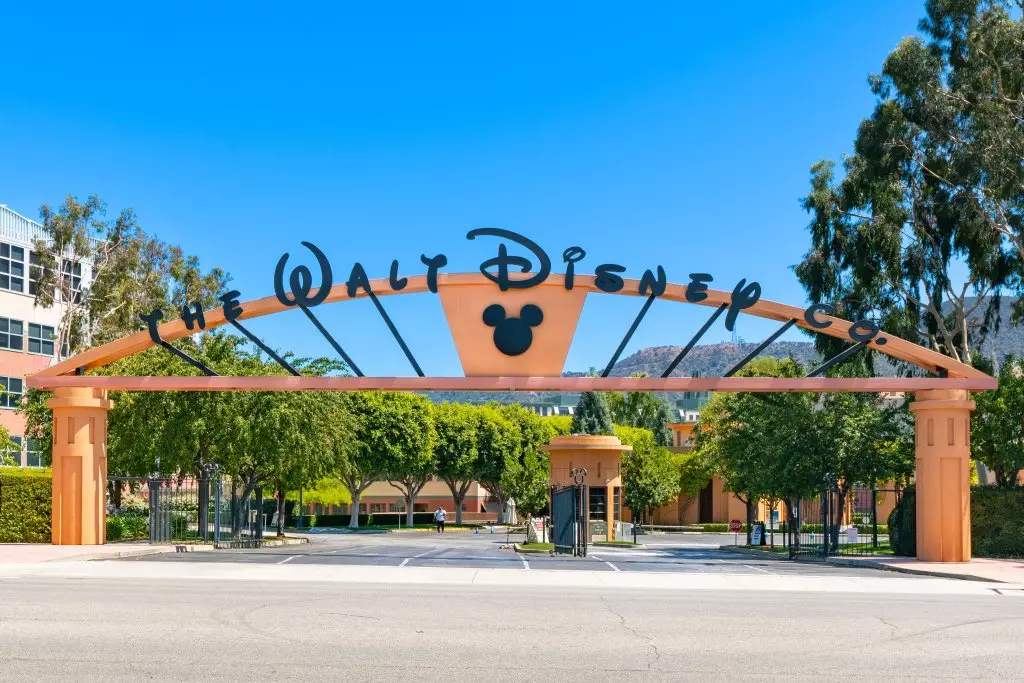The Walt Disney Co. recently held its annual shareholder meeting on April 3, which was marked by a fierce proxy fight led by Nelson Peltz from Trian Fund Management. The battle revolved around Peltz’s attempt to secure two seats on the company’s board of directors, ultimately challenging Chairman and CEO Bob Iger. Both sides invested exorbitant amounts of money in their campaigns, only for Disney’s full slate of 12 board nominees to be approved by shareholders in the end. Despite the lack of anticipated drama during the meeting itself, the fallout from this clash sheds light on deeper issues within the company.
An analysis of the official vote totals revealed surprising results, with Bob Iger finishing in fourth place among all board nominees. The meeting saw approximately 69% of all outstanding shares being voted, totaling around 1.265 billion shares. Iger managed to secure votes from about 1.12 billion shares, with 72 million shares withheld from him. Although he garnered the support of over 90% of the shareholder base, the significant number of withheld votes suggests underlying uncertainties about his leadership and succession planning.
On the other side of the spectrum, Nelson Peltz, and his running mate Jay Rasulo, faced disappointment in their bid for board seats. Peltz received endorsement from only 31% of the total shares, with a substantial 819.5 million shares being withheld. Rasulo’s situation was even direr, as he managed to secure votes representing a mere 139 million shares, while over a billion shares were withheld from him. This disparity in voting outcomes underscores a lack of confidence in Peltz and Rasulo’s approach to corporate governance.
Maria Elena Lagomasino, a prominent financial services executive called out by Trian during their campaign against Disney, faced significant backlash from shareholders. Despite receiving 748,599,867 votes in her favor, a substantial 441,719,526 shares were withheld, indicating concerns over her role on the board. In contrast, Michael Froman, a former corporate executive and President of the Council on Foreign Relations, fared better with over 1 billion shares voted for him and a lower number of shares withheld at 148.6 million. The varying levels of support for Lagomasino and Froman highlight diverging opinions on the board’s composition and decision-making.
Among the board nominees, James Gorman emerged as the top vote-getter, receiving approximately 1.16 billion shares in favor and a minimal 29.4 million shares withheld. This strong show of support for Gorman signifies confidence in his leadership abilities and strategic vision. However, the trio of nominees put forward by Blackwells Capital faced significant challenges, as each received support from a mere 2% of shareholders. This disparity in voting outcomes among nominees underscores the complexities of shareholder dynamics and the importance of alignment between board members and investor interests.
The fallout from Disney’s shareholder meeting provides valuable insights into the company’s internal dynamics and investor sentiment. The mixed results for board nominees, the challenges faced by key figures like Bob Iger and Nelson Peltz, and the broader implications for corporate governance all point to a critical juncture for Disney. As the company navigates these challenges and seeks to address investor concerns, the outcomes of this shareholder meeting will shape its future trajectory and leadership decisions.

